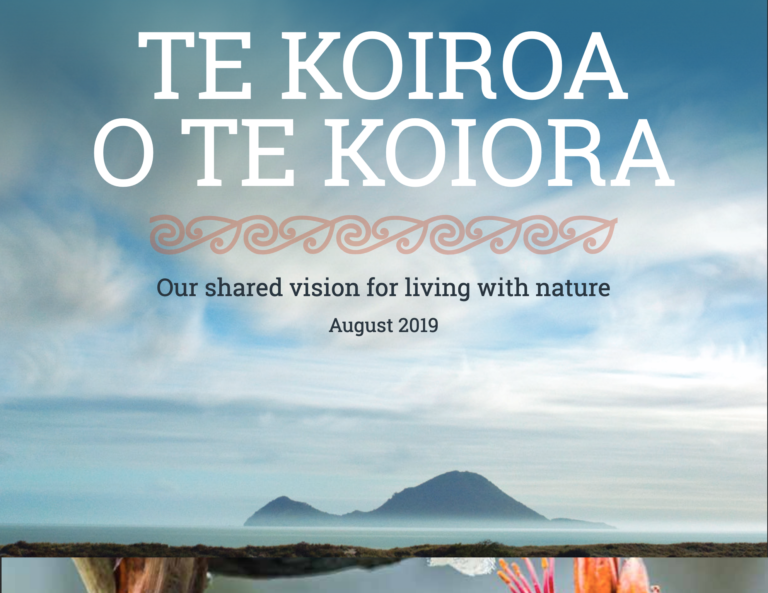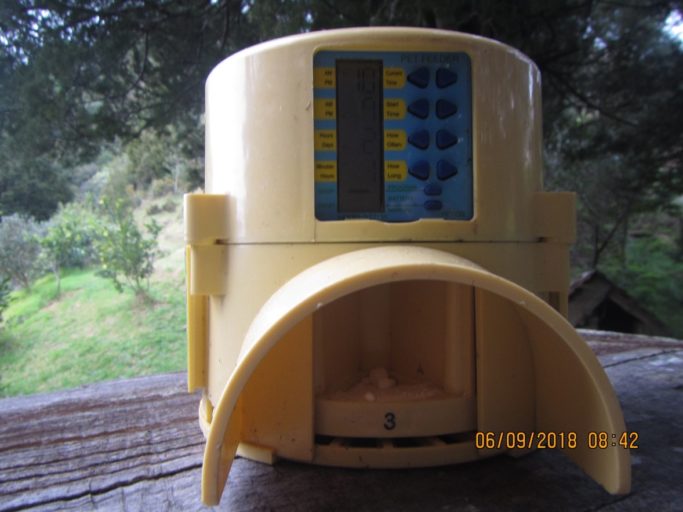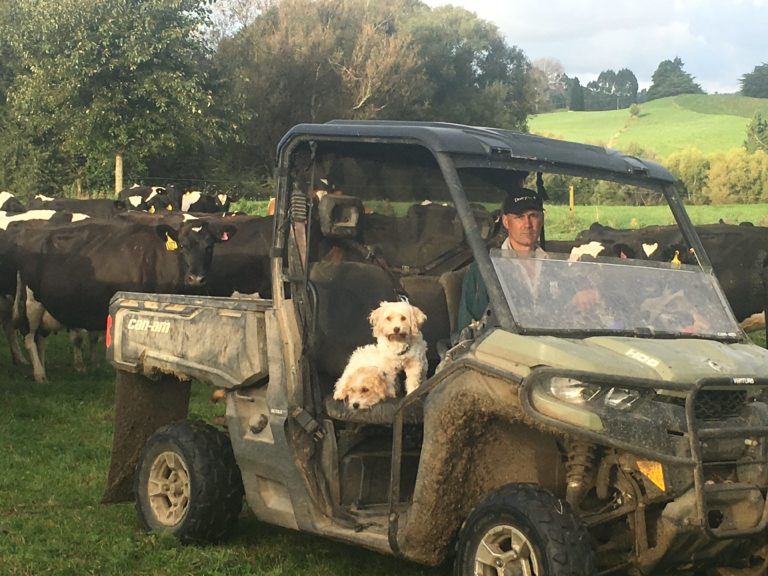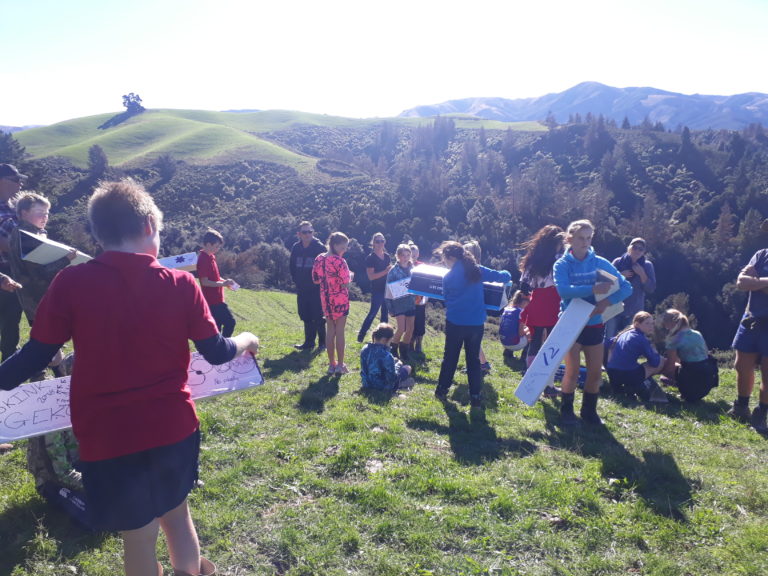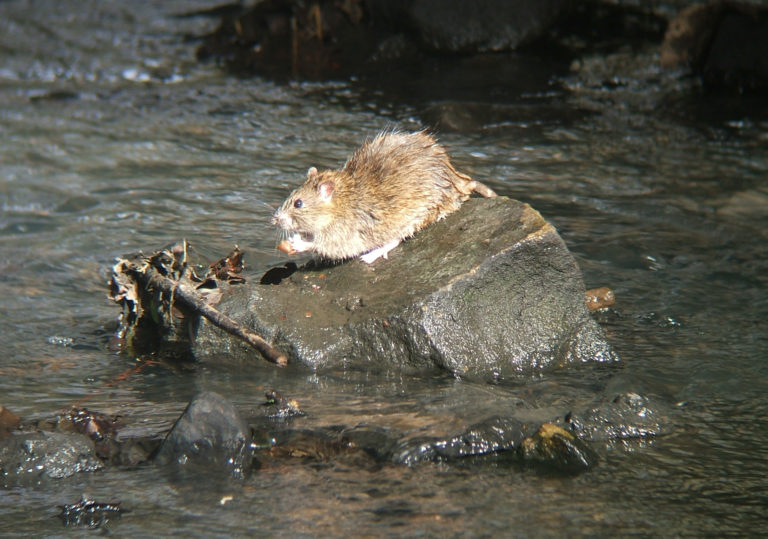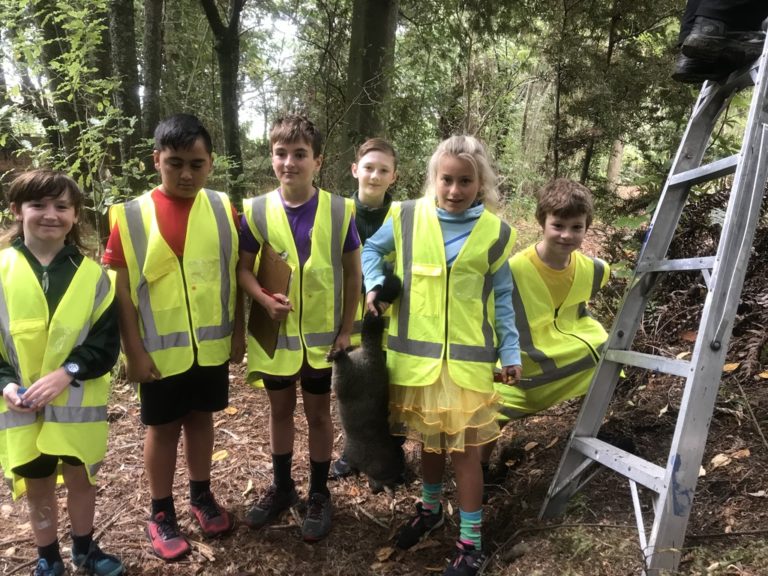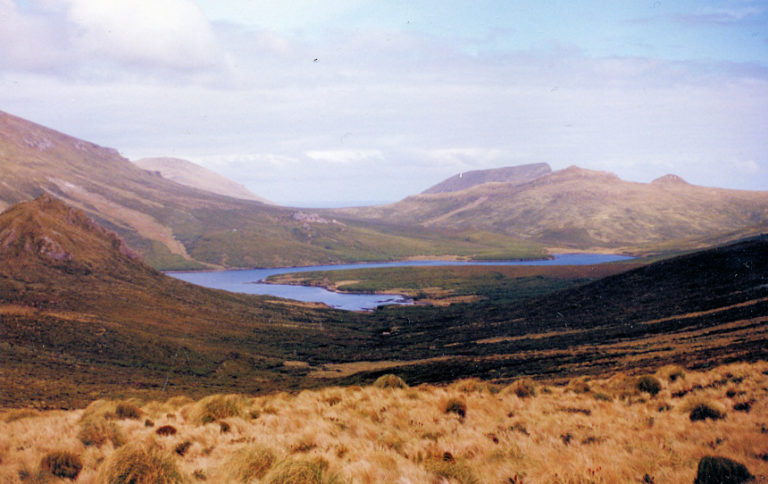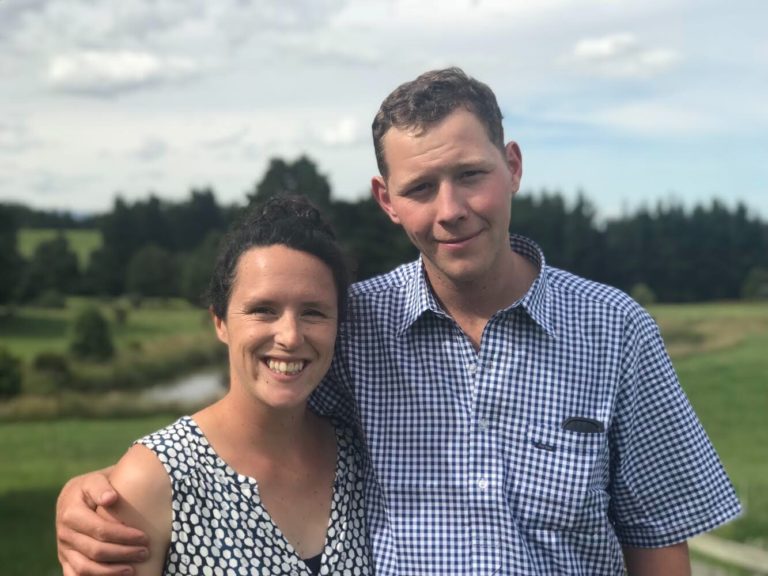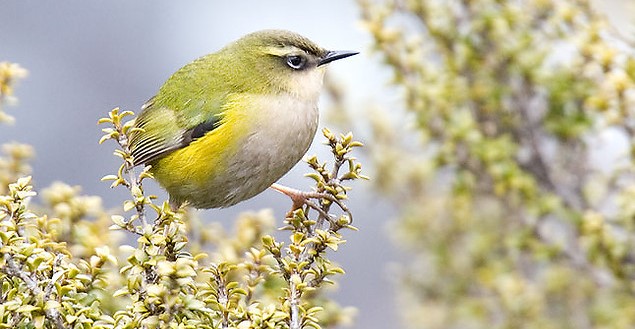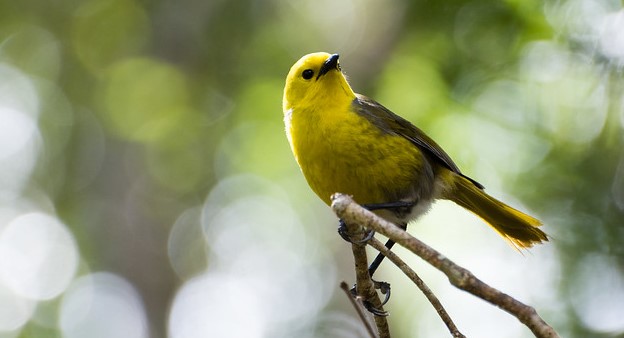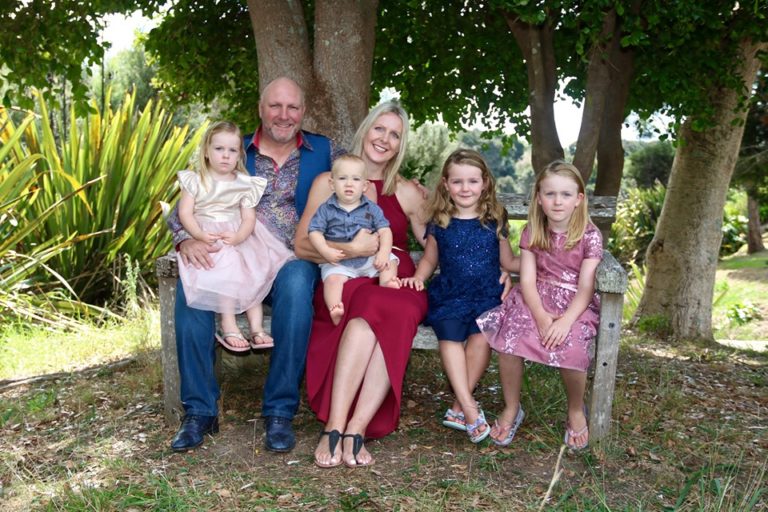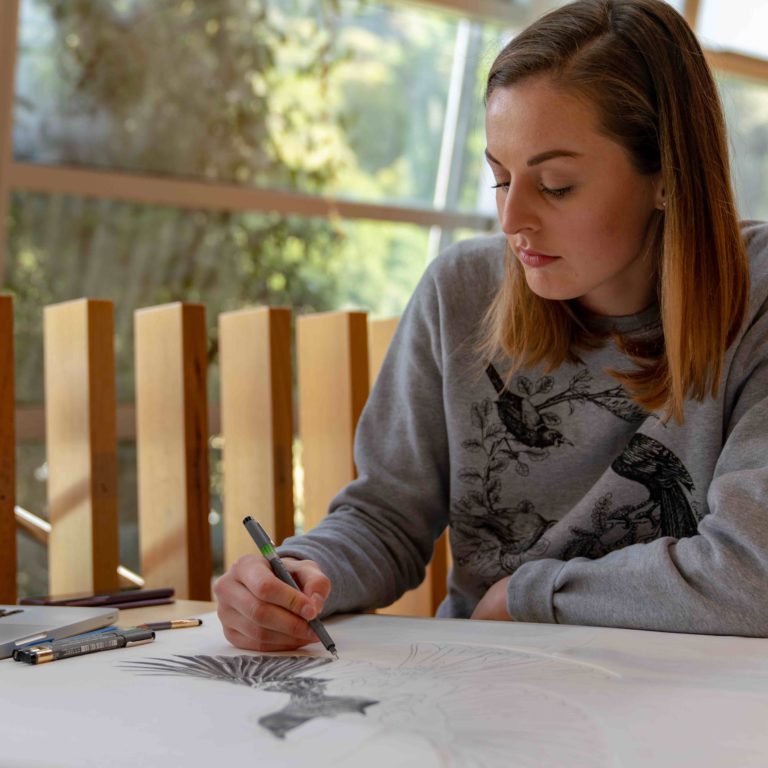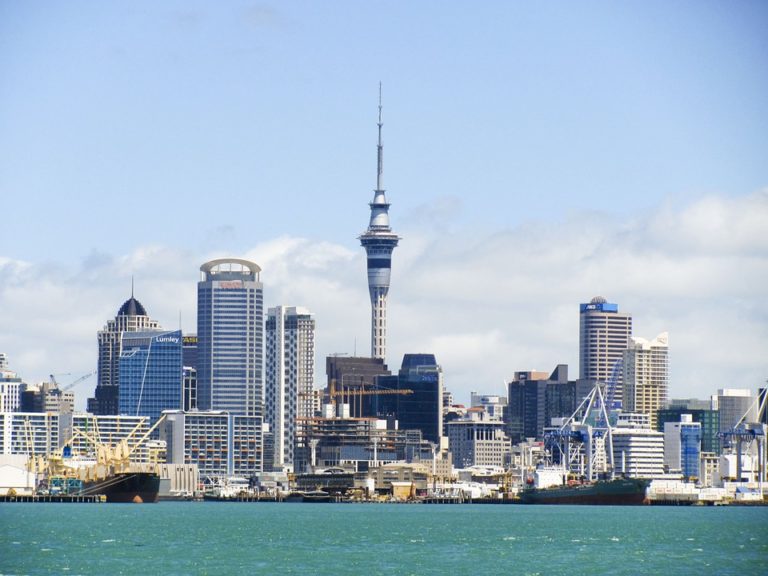Biodiversity strategy discussion document
The NZ Biodiversity Strategy is an important document that sets out the framework for how we protect our biodiversity and ensure it thrives over the…
EnviroMate100 bait station delivers time-controlled ‘dinner dishes’
Shane Hyde of Kaeo (Whangarei) left school at 16 and spent years working on predator control and weed control projects, but ill health in 2006,…
Gene editing for pest control
Should we be using gene editing in New Zealand for predator control? How and where might it be used? What is even possible? The Royal…
Patoka dairy farmers enjoy benefits of predator control
Dairy farmers, Nick and Nicky Dawson from Patoka, near Hastings, have been going hard out with predator control in the last four years or so.…
Can feral cats limit rats?
When scientists studying the dynamics of a Norway rat colony in New York had some wild cats moved in on the experiment, they took the…
Possum numbers surprise Canterbury farming family
Duncan and Tina Mackintosh farm White Rock Mains, near Rangiora in North Canterbury – a 1056 hectare property brought by Duncan’s great-grandfather back in 1909.…
Cats vs Rats (and the big ones that get away)
‘Giant rats’ in our cities have hit the media headlines in recent weeks and, while ‘rats as big as cats’ are unlikely to be stalking…
Lynmore School raises awareness of trapping
Lynmore School, in Rotorua, received funding as part of our Kiwibank School programme. Students from Room 1A provided us an update of what they have…
Review of conservation tools under development
The Journal of Ornithology has just published a review of the conservation tools being developed for New Zealand’s Predator Free 2050 eradication programme. The paper’s…
Fantails are a sign of change at Barry Farms
Rob and Alison Barry have noticed some changes on their Central Hawkes Bay farm block, Barry Farms, in recent years. Rob says he’s often followed…
How can we help native species in a mast year?
Graeme Elliott has been studying our native birds for 45 years and using his knowledge we’ve put together an overview of how we can best…
What is a mast event and why does it matter?
There has been a lot of talk in the media about the beech mast and the mega mast. So what is it and why does…
Russell Orongo Bay Holiday Park wins Predator Free Award
Both kiwi and weka wander freely along the forest trails at Russell Orongo Bay Holiday Park and a total of 55 different bird species have…
Wildlife artist, Hannah Shand, captures the personality of native birds
When Hannah Shand studied fashion at University, she would choose to do art-based projects and always enjoyed doing things by hand rather than on computer.…
Auckland’s bird biodiversity revealed
Urban landscapes are becoming recognised as important places of biodiversity. The concrete jungle can potentially be a great habitat for wildlife and having good biodiversity…

